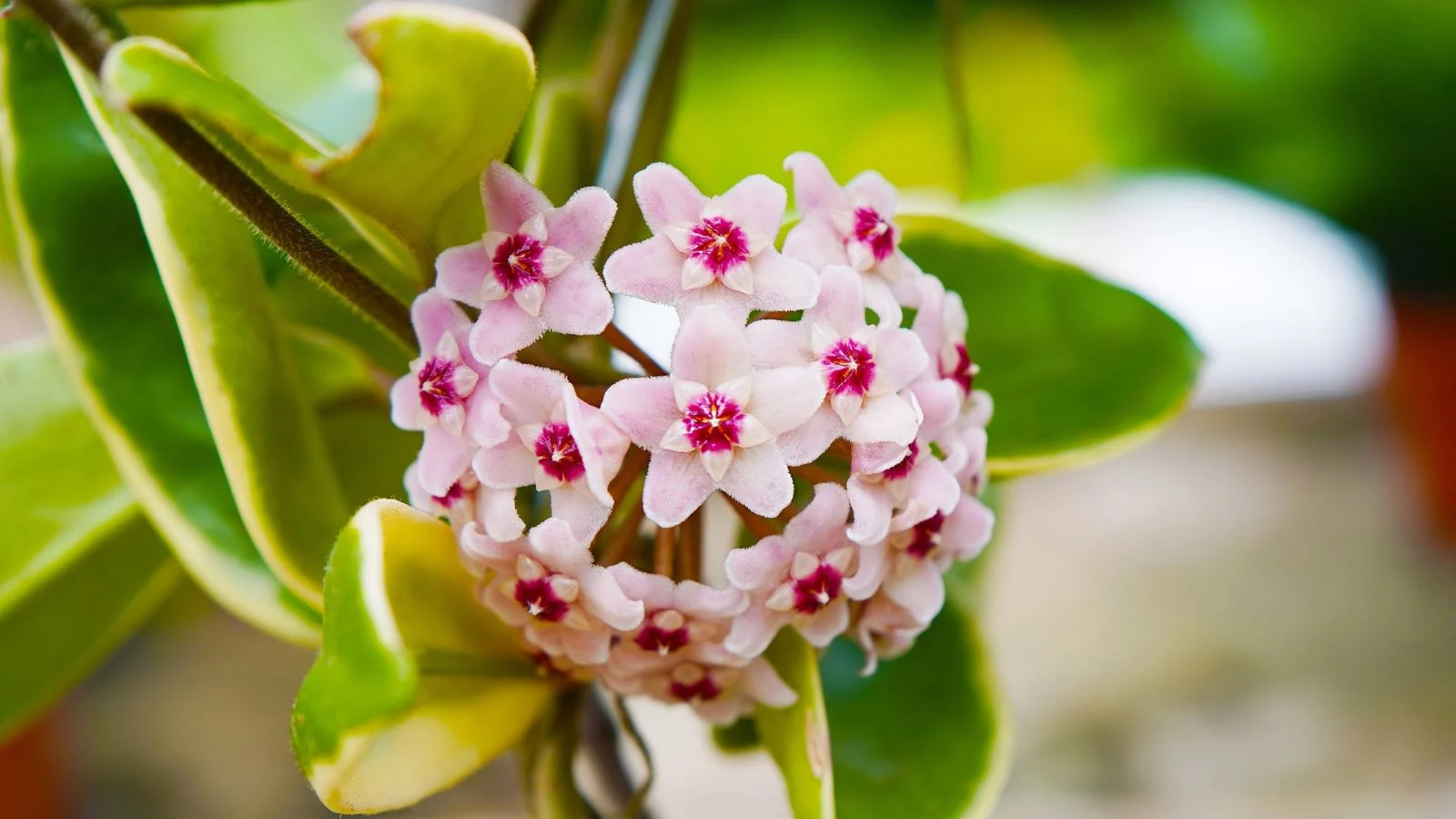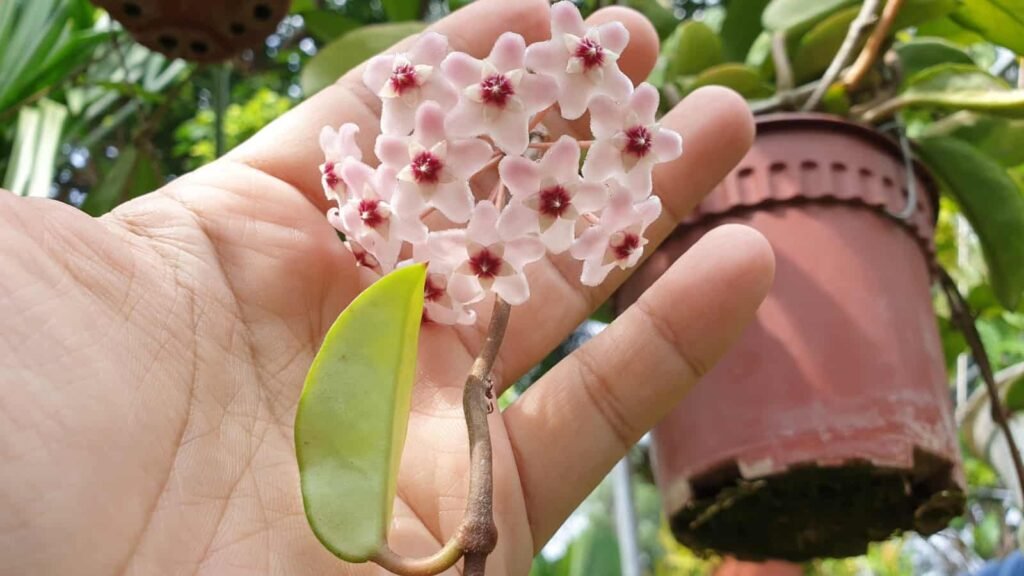
Hoyas: Simple, Elegant, and Rewarding Houseplants
Hoyas are such lovely plants to cultivate—low maintenance, eye-catching, and gaining popularity as houseplants. Their casual demeanor and stunning leaves make them a favorite, but for some plant enthusiasts, the true thrill is their fabulous flowers.
Commonly referred to as wax plants or porcelain flowers, hoyas have blooms that almost seem artificial—such as if they had been made out of wax or fine porcelain. Flowers between species are quite diverse, and some emit a sweet fragrance. Some, however, have an unpleasant scent, so if scent is important to you, it’s a good idea to inspect beforehand before taking it home.
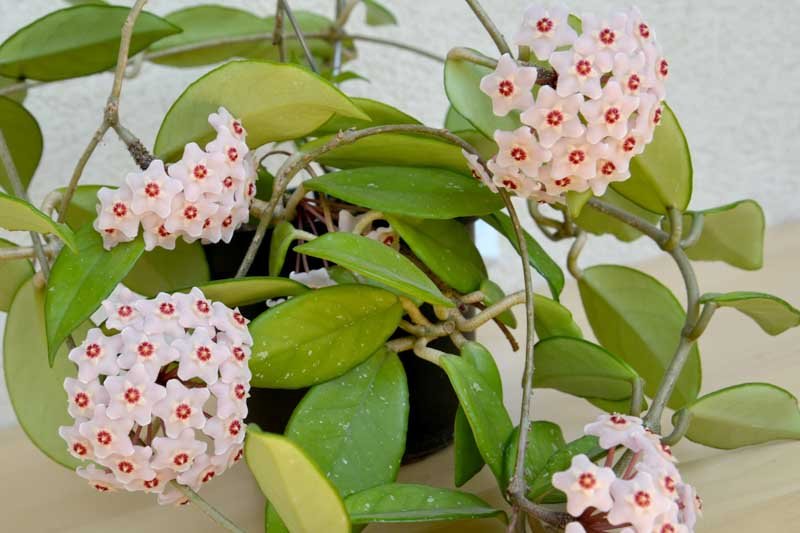
Native to tropical and subtropical regions—mostly Asia, Australasia, and the Pacific Islands—hoyas share some care requirements with orchids and even have a few succulent-like traits. If you’re wondering how to get your hoya to bloom, let’s break down exactly what these plants need to thrive and flower beautifully.
1. Keep Them in a Cozy Pot

Hoyas are epiphytes, meaning they grow similarly to orchids (though they’re not closely related). If you’ve cared for orchids before, you’ll find hoyas pretty familiar.
One of their quirks? They love staying in the same pot for years. In the wild, hoyas cling to trees with their roots, anchoring themselves in place. When grown in pots, they behave the same way—their roots latch onto the container’s surface.
This makes repotting somewhat dangerous since loosening their roots is likely to do harm. Terracotta pots also make this more difficult because the coarse texture tends to promote stronger root hold.
Another thing: hoyas really like to be a little root-bound. This isn’t so much about convenience—it actually promotes blooming. When roots are constricted, the plant transfers energy from root expansion to flower formation. And since hoyas don’t like wet dirt, a smaller pot means there’s less water to hold, so root rot is less likely.
If your hoya’s pot looks too roomy, you have two choices:
- Downsize to promote quicker flowering.
- Let it grow into its present pot, which is kinder to the roots.
When repotting, select a pot with drainage and a well-ventilated, bark-based potting medium (orchid bark mixed with peat or potting soil is suitable). Opt for a pot slightly smaller than the existing one.
Be very gentle when unwinding the roots—plastic or glazed ceramic pots prevent roots from clinging too strongly. After repotting, allow your hoya to settle. Repot only every couple of years, or when roots begin coming out of drainage holes.
2. Fertilize Wisely (Not Too Much, Not Too Little)
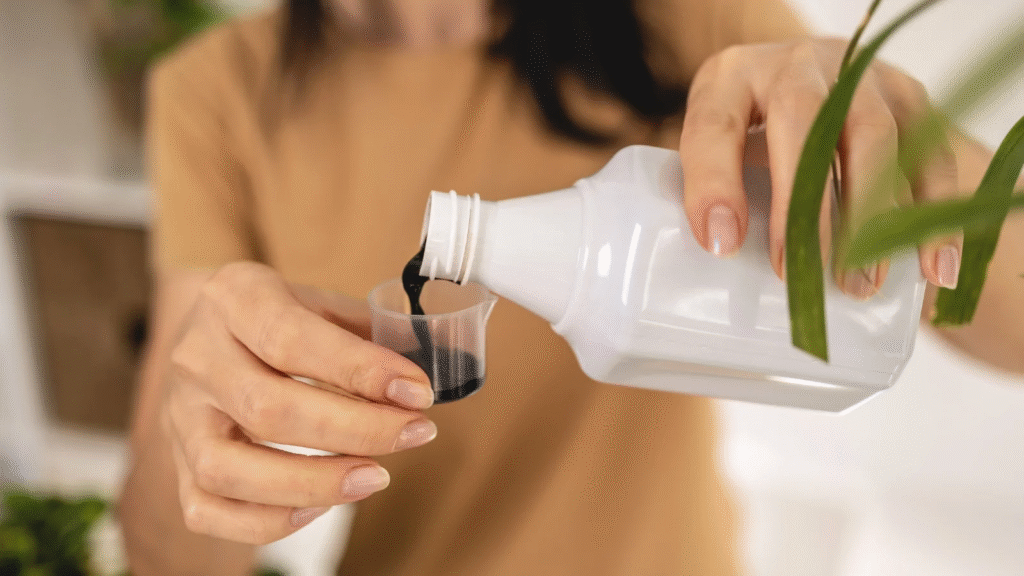
For the majority of the year, a balanced fertilizer keeps hoyas contented, nourishing overall development—leaves, roots, and flowers. But in the run-up to flowering season (often late spring to early summer), a small tweak can pay huge dividends.
Here’s the regimen:
- In active growth (spring/summer): Feed every two weeks with a balanced, weak fertilizer (half-strength if man-made). Yellow leaves? You’re possibly overfertilizing.
- Fall & early winter: Reduce to once a month (or discontinue) to prevent overloading the plant.
- Late winter (before bloom): Change to a phosphorus-dominant formula to stimulate budding. Excessive nitrogen at this point equals more leaves, less flowers.
- Post-bloom: Resume the balanced fertilizer until fall.
Adhere to this regimen, and your hoya will repay you with annual blooms.
3. Increase the Humidity
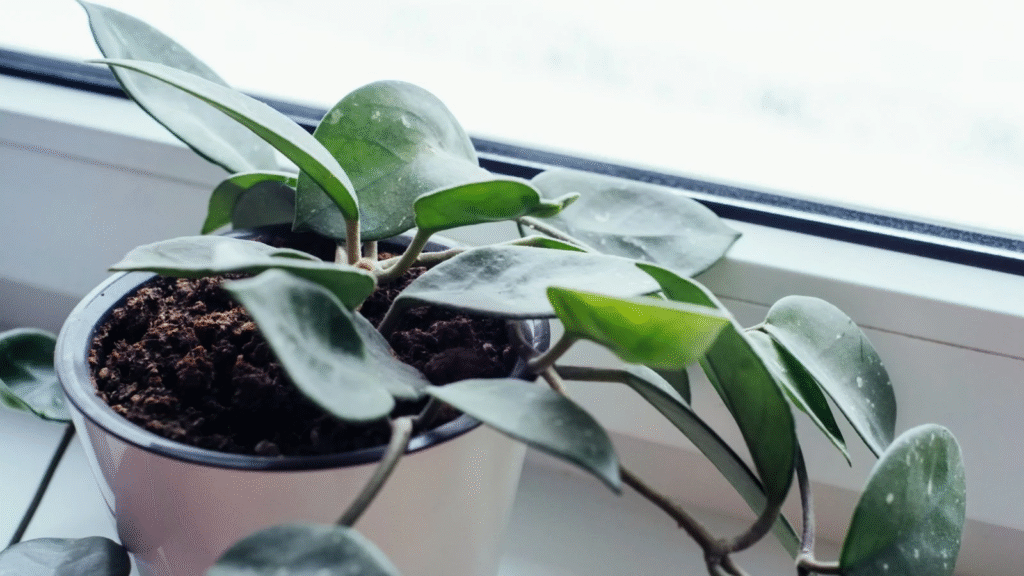
Coming from tropical climates, hoyas thrive in high humidity—think 60-80%. Most homes aren’t that moist, so you’ll need to get creative.
Easy ways to increase humidity:
- Bathroom placement: The steam from showers creates a mini tropical environment. Just make sure there’s enough light!
- Kitchen windowsill: The sink area tends to be more humid.
- Humidifier or pebble tray: Great for grouping moisture-loving plants together.
Lacking sufficient humidity, hoyas can produce crunchy tip leaves, reduced growth, or forgo flowering completely. If you happen to live in a naturally humid climate, summering them outdoors can be pure magic.
4. Provide Them with the Proper Light
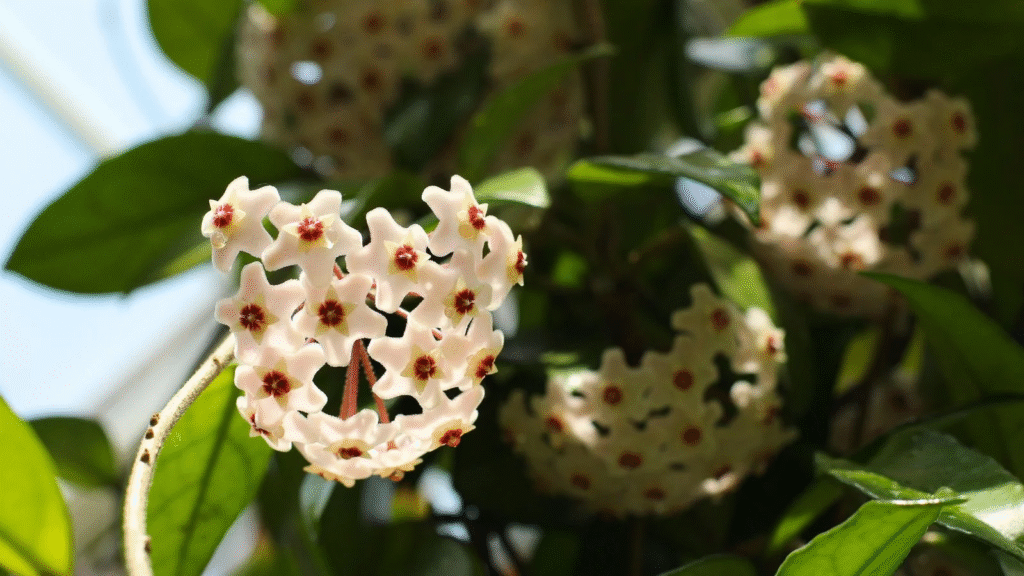
Hoyas are understory plants in the wild, which means they live under tree canopies in bright but filtered light. Indoors, they long for similar conditions—lots of light but no direct and harsh sun.
Lighting tips:
- Ideal location: In a sunny window with sheer curtains or soft, indirect light.
- Not enough light? Roots grow slowly, and flowers might not form.
- Too much sun? Leaves will get burned. Morning or afternoon sun is generally okay, but midday sun is problematic.
If your hoya is not flowering and all the other conditions seem okay, experiment by giving it more light.
5. Water Thoughtfully
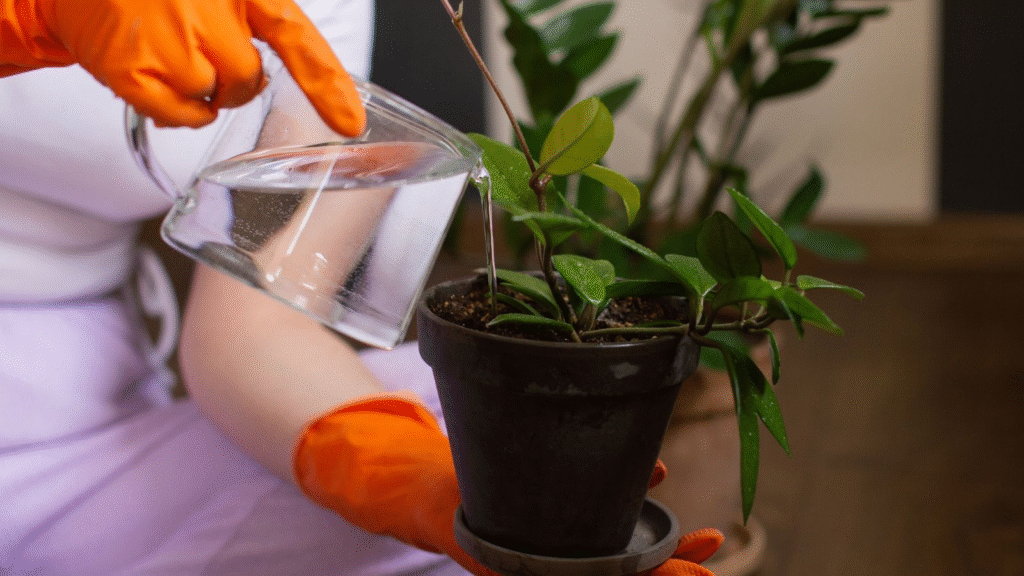
Though hoyas like moisture, they detest wet roots. Too much water causes rot, and too little results in wilted, puckered leaves.
Watering tips:
- Inspect the soil: Water only when the surface is dry.
- Spring/summer: Water every ~2 weeks (more for heat).
- Fall/winter: Reduce to monthly.
- Water thoroughly: Let water flow through the pot or briefly soak it to provide enough to roots.
A well-draining potting mix is key—since it doesn’t hold excess water, thorough watering ensures the roots stay hydrated without drowning.
Final Tip: Patience Pays Off
Hoyas bloom on their own schedule, often taking a few years to mature before flowering. But with the right care—snug pots, smart fertilizing, high humidity, proper light, and careful watering—you’ll set the stage for those stunning, wax-like blooms.
Once they start, you’ll see why these plants are so beloved. Just remember: happy hoyas bloom best when left to do their thing with minimal fuss.

